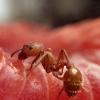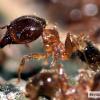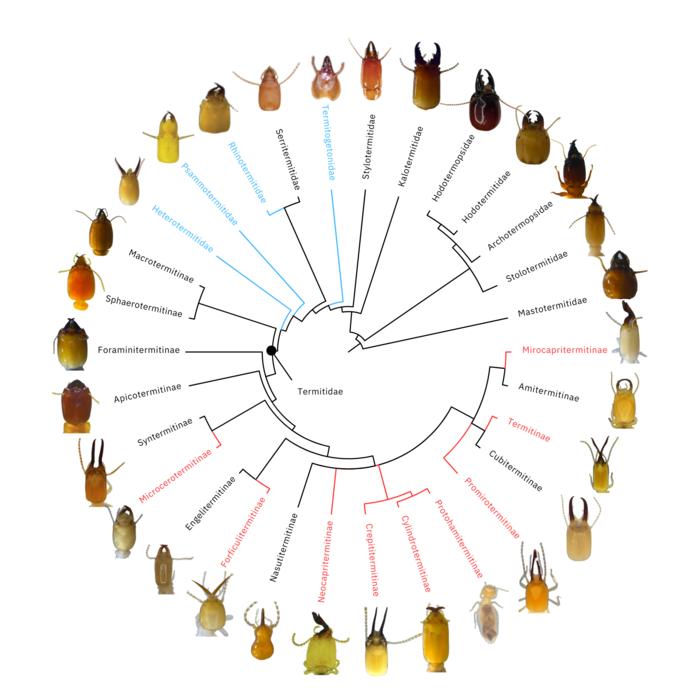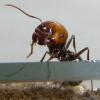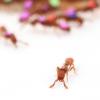In the last couple days i've come across a couple interesting science papers that related to ants and thought i'd share them.
this one is about how insects "see" in sent. They used blind clonal raider ants (Ooceraea biroi) as the test subjects. They alerted their DNA so when they were expressing in certain pheromones or sensing certain sents (alarms and al ram triggers) their antenna would fluoresce so they could id when they were sensing or expressing about something alarming.
Interesting they use this ant not just due to the specific heavy reliance on sent compared to other ants with vision, but also because:
"The process was helped by the animals’ unique biology, Kronauer says. “They’re asexual, they don’t have queens, so we can basically clonally propagate any transgenic insertion from any individual.”"
So big new learning for me as i didn't even know such ants existed.
https://www.nature.c...86-023-00106-0?
And this one is an article about a physics theory, active mater, and how it helps explain fire ant behavior. Or to say the behavior of a dense matter state, where a >X density of fire ants has a measurable increase on the rate at which they preform group activities, like how fast they form into their group into a pillar or raft when needed.
https://phys.org/new...-behavior.html?


